Detours can be fascinating and if you want to experience one, try the less-travelled Dhodar Ali-Khumtai route to Nagaland capital, Kohima. Driving through the ali (road)—constructed in 1687 by dhods or lazy men during the reign of Ahom king Gadadhar Singha—you can soak in both the beauty of a lush-green countryside and an aura of rich history.
The many Khumtai villages here are dotted with lush kitchen tea gardens, agarwood plantations, and namghars (prayer houses). Then, there is the memorial dedicated to Captain Jintu Gogoi who was martyred during the Kargil war and the very significant Khanikar Puthi Namghar, five km to the west of Kuralguri Chariali. Preserved in this namghar is the Khanikar Puthi, written with hengul-haital (traditional ink) on sanchipat (tree barks). Comprising two manuscripts–the Kirtana by Mahapurush Srimanta Sankardev and the Namghosha by Mahapurush Simanta Madhavdev–the Puthi dates to 1768 and is believed to have survived the excesses of the Maan (Burmese) invasion (1819-1821). The popular belief is that while the invaders looted everything else on their route, strangely they handed over the packet of puthis to one elderly Moni Barua, who might have had nothing to do with the puthis, instructing him to take good care of them. Barua who would find four sanchipath manuscripts–copies of The Kirtana, The Dasama, The Namgosha and The Bhaktiratnawali—would subsequently keep two of the manuscripts and donate The Dasama to the village namghar and The Bhaktiratnawali to the nearby Haloa village namghar.
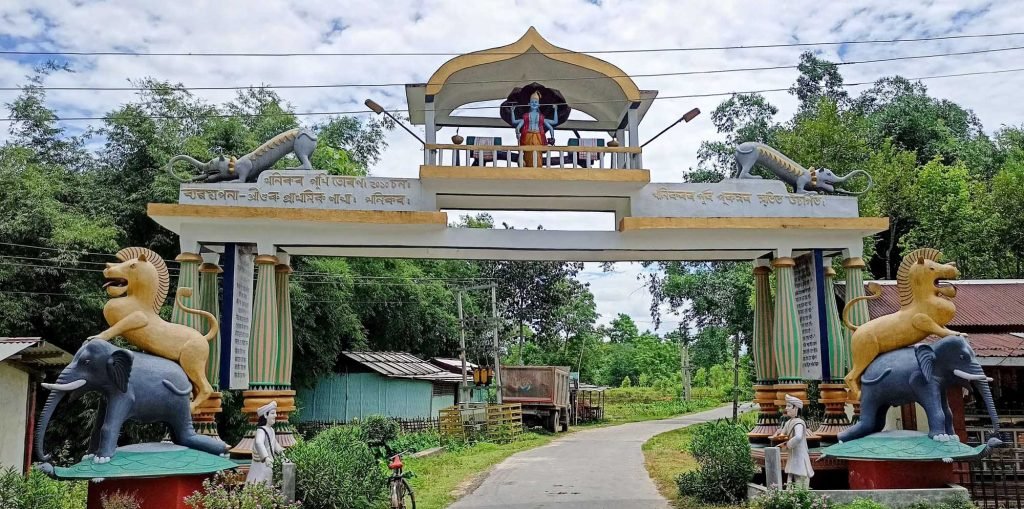
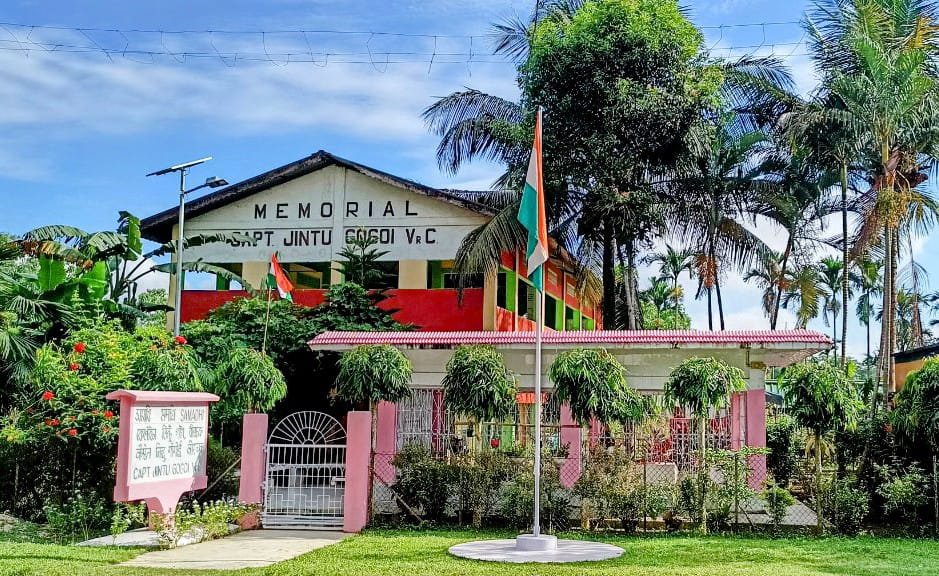
With the passage of time, the two manuscripts under Barua’s care would acquire great eminence for the faithful. Reverentially treasured in carved wooden boxes covered with gamosas, the Puthis today have a cult following. Not only do devotees throng to the namghar every day to seek divine blessing, some even take the Puthis home to have their prayers answered. In such cases, they have to carry the box on their head or shoulder and walk bare feet all the way, even though their homes may be far away. Passersby are also known to lower their head in respect while they are being carried.
Khanikar village is where you can feel the divine; a spiritual centre where you are sure to experience great bliss. Male visitors to the Namghar can enter only if they are dhoti-clad and women in traditional Mekhela-Sador—a custom that is strictly administered.

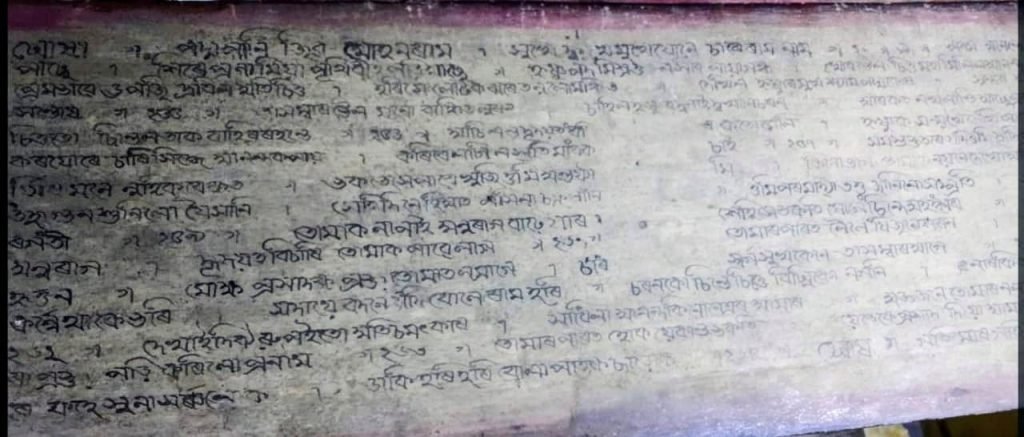
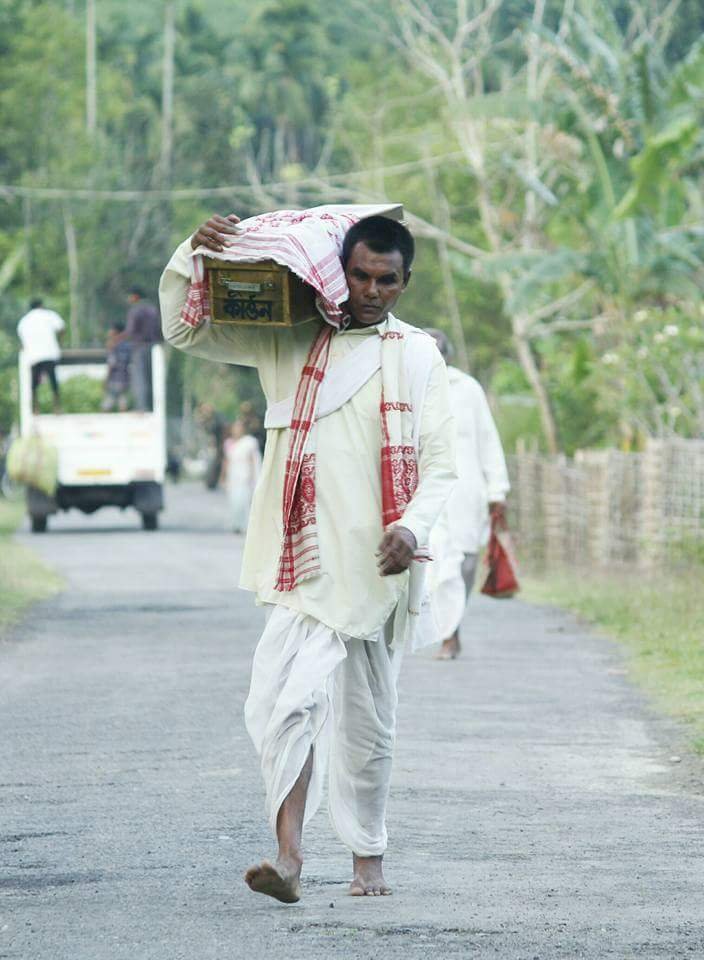

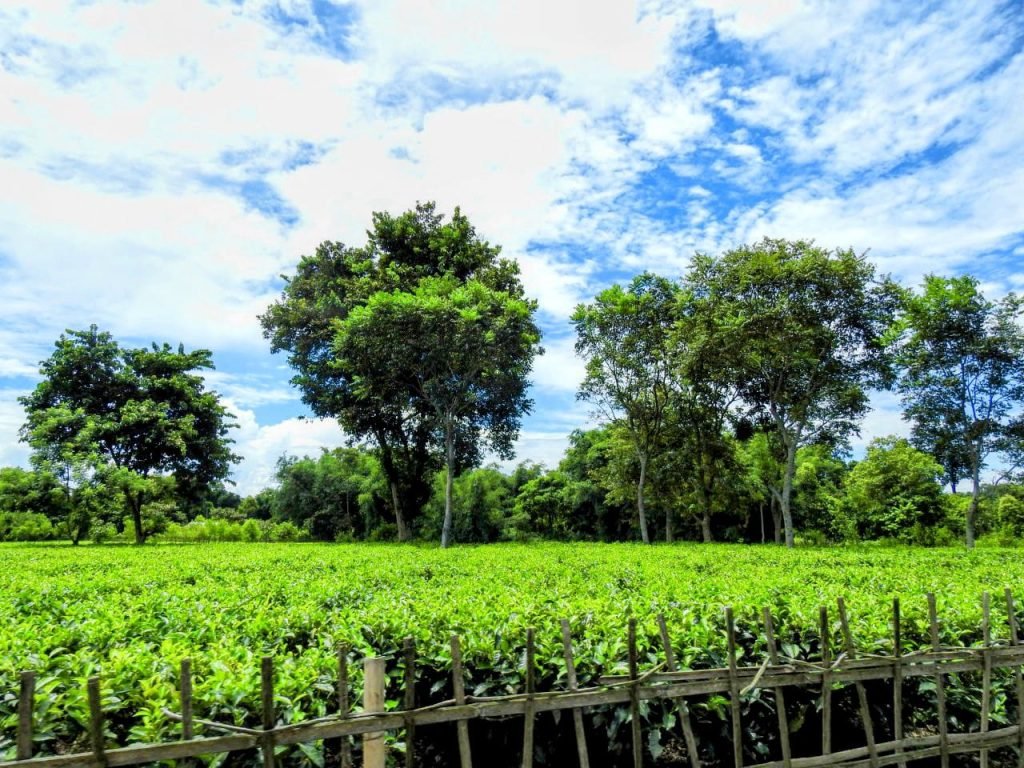
Innovative way of focusing our heritage and traditions.
Thank you Sir